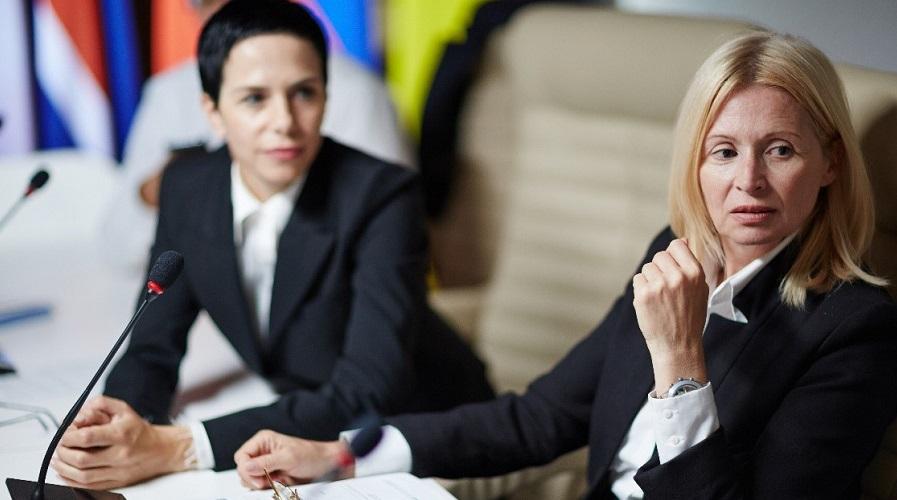
EIGE has published its latest data on women and men in decision-making across the EU, in the seven countries that receive support from the EU’s Instrument for Pre-Accession Assistance (IPA), and in Iceland, Liechtenstein and Norway.
Statistical brief: gender balance in politics
Statistical brief: gender balance in largest listed companies
Key findings
Politics
Men still outnumber women in parliaments across Europe
- In November 2019, two thirds of EU parliamentarians were men (67.8 %) and one-third were women (32.2 %).
- Almost three quarters of parliamentarians in the IPA beneficiaries are men (73.4 %). Only Montenegro has a gender-balanced parliament.
Men dominate political party leadership
- In November 2019, women accounted for less than one in five (17.1 %) leaders of major political parties in the Member States.
- In the IPA beneficiaries, women account for 6.5 % of political party leaders.
- None of the major political parties in Czechia, Hungary, Malta or Slovakia has had a woman leader since the first data collection in 2011. The same is true of all IPA beneficiaries except Turkey.
Less than half of EU countries have legislative quotas…
- Legislative candidate quotas, which aim to ensure a minimum proportion of each gender amongst candidates, are currently in place in 11 Member States and in all IPA beneficiaries except Turkey. Targets range from 50 % women in Belgium and France to 30 % in Ireland.
- Ensuring a minimum proportion of each gender on candidate lists does not necessarily translate into electoral gains and only the Spanish and Portuguese parliaments have so far reached their quota targets (40 % and 33 % respectively).
- In the IPA beneficiaries, the Albanian, Kosovo, North Macedonian and Serbian parliaments have reached their respective quota targets.
...yet quotas can bring big change over time
- The proportion of women members of parliament in countries with legislative candidate quotas has almost doubled since 2004, from 18.2 % to 34.0 %. This is an increase of 15 percentage points.
- Countries without quotas increased from 24.8 % to 30.8 % since 2004. This is an increase of just 6.0 percentage points.
- Without change, countries with legislative quotas will achieve gender balance in six years, whereas those taking no action will need more than two decades.
Business
The share of women on boards is at an all-time high
- In October 2019, the share of women on boards of the largest publicly listed companies in the EU has more than doubled to 28.8 % from 11.9 % in 2010.
- However, more than seven in 10 board members are still men. France is the only country where gender balance has been achieved on company boards (45.2 %).
- In the IPA beneficiaries, women hold on average just 17.8 % of board-level positions.
The impact of action to bring in more women is striking
- Since 2010, countries that have taken legislative action have seen a rise of 27.2 percentage points, resulting in 36.5 % women on boards.
- Countries that have implemented non-regulatory measures have seen half that progress since 2010, with a rise of 14.3 percentage points, resulting in 28.1 % women on boards.
- Countries that have taken no action have seen almost no progress.
Progress is slower at senior executive level
- In the EU, women account for just 18.6 % of senior executive positions in the largest listed companies.
- Countries that have taken legislative action and have the highest proportion of women board members actually have the lowest share of women senior executives (14.7 %).
- Fewer than one in 10 in the largest listed companies in the EU have a woman chair or CEO.
For more information, please contact Ligia Nobrega, ligia.nobrega@eige.europa.eu , +370 5215 7420
Further reading
Gender Statistics Database: Women and men in decision-making